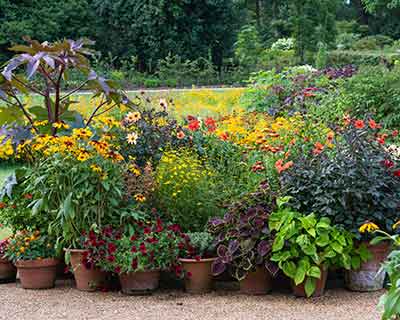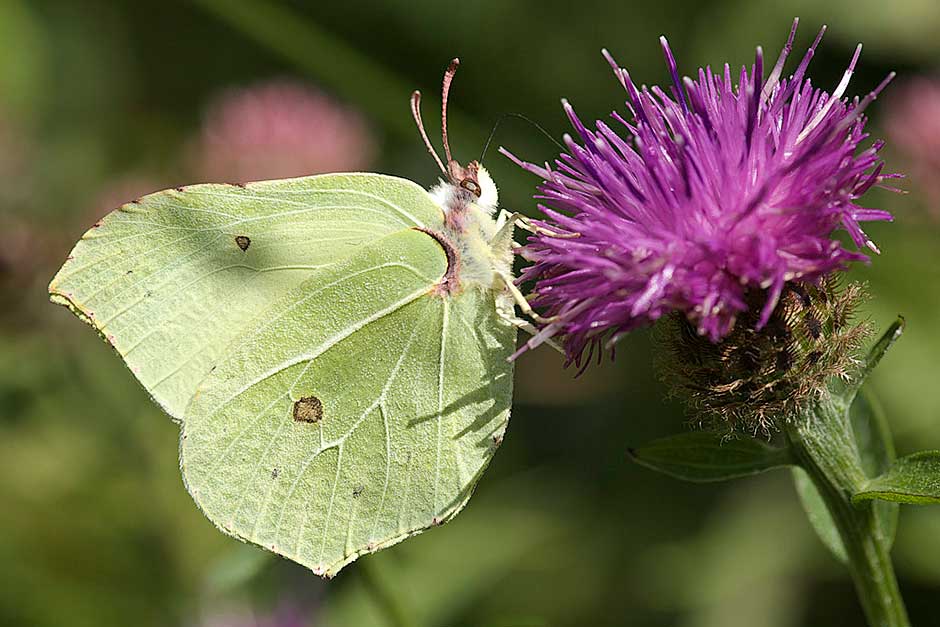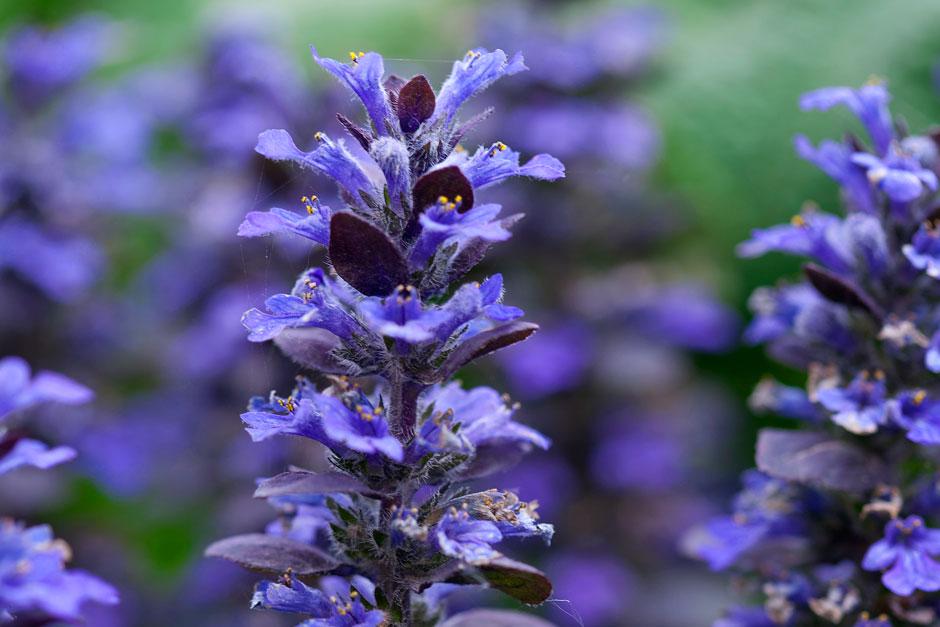Top 10 patio plants for bees
Get your outdoor space buzzing with these pollinator friendly, award-winning pot plants
It’s hard to escape the buzz surrounding bees at the moment. Just as we’re realising how important they (and other pollinating insects) are to us, we’re discovering just how much human activity is putting them in danger.
Luckily, gardeners can play a big part giving a helping hand to the wild creatures who share our world. One of the most fundamental ways we can do this is to plant the right kinds of flowers and lots of them, to provide food for bees, butterflies, hoverflies and other pollinators.
Here’s a choice selection of plants for pollinators, all of which are ideal for pots and small spaces. They’ll help wildlife and will lift your spirits too.
New cosmos are out of this world
All three varieties in the British-bred Apollo Series are some of the very best shorter cosmos - and the bees and butterflies love them. Ideal in patio containers, where growing tall cosmos would be unrealistic, these varieties grow to about knee height and their white, pink and carmine flowers open over a long period from June to autumn. Water, feed and
Colours that pack a punch
The dark-leaved Dahlia Happy Single Series look great on a patio – among them, Happy Single Flame certainly stands out. Being single, they’re much more pollinator-friendly than the many other forms of dahlias like balls or pompoms where the nectar and pollen are less accessible to insects. The fiery red petals fade to yellow at their base and all is set against sultry, dark foliage. And the plants always remain manageable, never getting taller than waist high.
A plant you can rely on
Erysimum ‘Bowles’s Mauve’ is a lovely
Not just in white
More often seen in white, alyssum, Lobularia maritima, creeps around and makes fragrant annual ground cover or trails from pots. The Easter Bonnet Series comes in seven other colours including yellow, violet and rich red. And although the individual flowers are tiny and provide but a small nectar supply individually, they open in huge numbers and appeal to a variety of pollinators.
Their low, creeping habit is ideal spreading across sunny paving or spilling over the sides of containers. Hardy annuals, they grow to just 15cm high.
Shady patio? No problem
A shady patio is the ideal site for a pieris – in particular because it thrives in large containers which, in areas with unsuitable garden soil, can be filled with the ericaceous
Colourful, robust and dwarf
Neat, long flowering and with vivid golden petals surrounding a bold chocolate-purple disk, Rudbeckia hirta ‘Toto’ is impressive. It also appeals to hoverflies and bees, as well as anyone stretched out on the sun lounger, and demonstrates the apparently contrasting qualities of being dwarf but also vigorous. Grows to about 25cm tall.
The large flowers look up boldly from branched plants over a long season in summer and autumn; deadhead carefully to avoid leaving unsightly stalks. Grow as a half-hardy annual.
Secret scent
What we mean by ‘secret’ is that it’s easy to miss the white winter flowers of Sarcococca ‘Dragon Gate’ because they’re usually hidden among the evergreen foliage of this small shrub. But the scent is unmissable, and if you grow it you’ll be looking around for the source of the fragrance. The small white flowers, their scent attracting precocious bees and other pollinators, open at the leaf joints but are usually hidden by the neat glossy leaves.
Pastel tones for autumn
Michaelmas daisies are superb food plants for many pollinators, although double-flowered forms are certainly far less valuable than single-flowered types. ‘Coombe Fishacre’ is valued for autumn patio colour and insect attractiveness because of its generous flower production over many weeks late on in the season. And each small, lilac flower has an eye that opens yellow and matures to raspberry pink, adding to their appeal. Shorter than many varieties (grows to just under 1m high), and naturally bushy, the flowers are enjoyed by butterflies, bees and all manner of pollinators.
Long season appeal
Verbena rigida is a perennial that’s not always hardy in the garden, but shunted into a sheltered place for the winter, it has a good chance. Or enjoy it as an annual. As patio plants go it has one of the longest of all flowering seasons, from June almost to November if deadheaded promptly. Especially popular with butterflies, the boldly branching stems are topped with clusters of purple flowers and its open habit allows other plants to intermingle.



